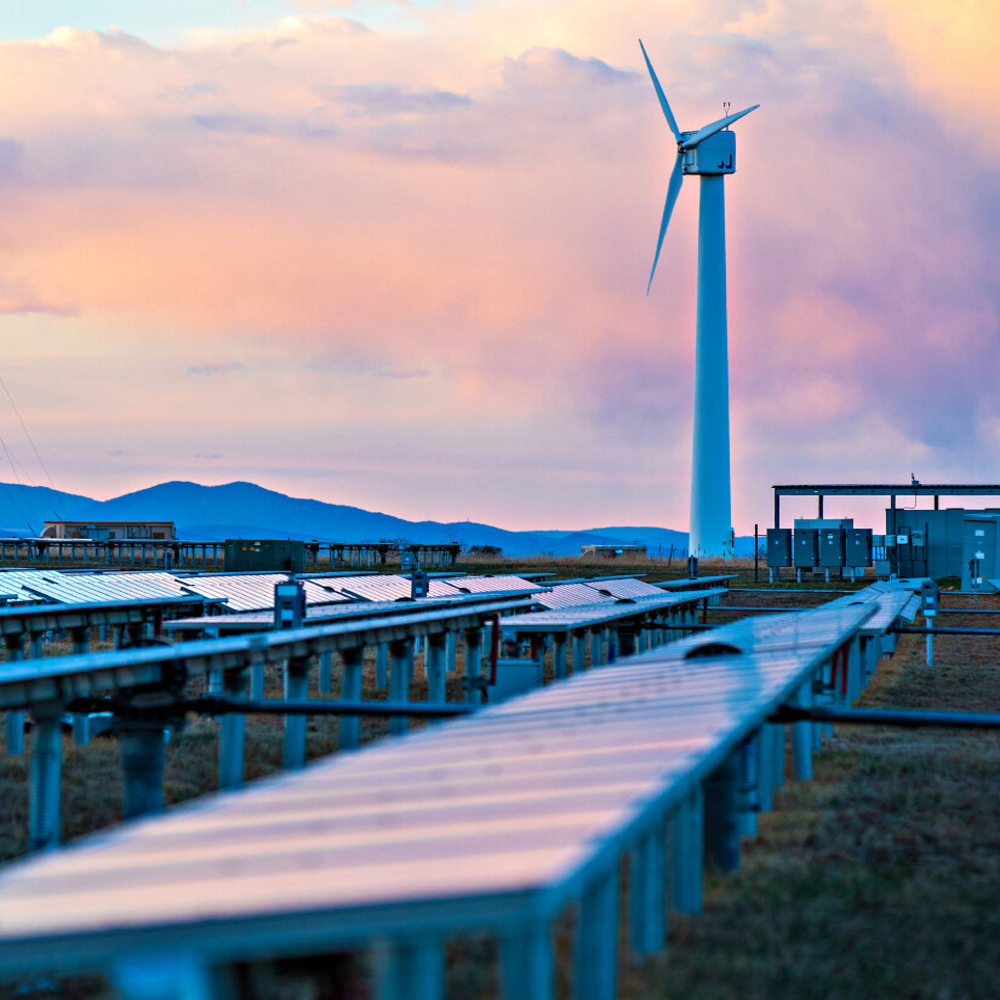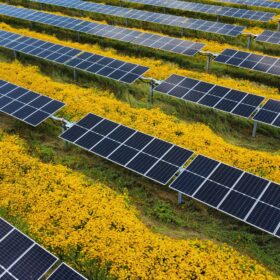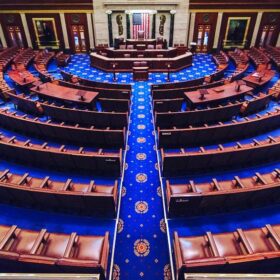Signed into law on Aug. 16, 2022, the Inflation Reduction Act (IRA) has been widely praised for its landmark investment into clean energy and climate funding. Based on recent analysis from the National Renewable Energy Laboratory (NREL), the IRA is projected to help clean energy increase to a range of 71% to 90% of total U.S. generation by 2030.
Successful implementation of the IRA will require a wide range of stakeholders—including state and local governments, non-profits, Native American tribes, private companies, and the public—to participate and stay informed about the emerging implementation of the IRA from more than a dozen different federal agencies.
To help these entities navigate the myriad of changes, the Sabin Center for Climate Change Law at Columbia Law School in partnership with the Environmental Defense Fund launched IRAtracker.org. The website is split into two parts: a database of all climate change-related provisions within the IRA and a tracker for how federal agencies are implementing these provisions.
Organized by each federal agency, the database offers summaries of each provision. These summaries highlight what the agency is required to do and what entities are eligible to receive funding or participate in the program. For example, the Department of the Interior (DOI), the Federal Energy Regulatory Commission (FERC), and the Department of Energy (DOE) each received over $100 million in funding to expedite and improve environmental review protocol under IRA Sections 50301 to 50303. Section 22002 of the IRA appropriates about $2 billion for the USDA’s Rural Energy for America Program (REAP), to promote renewable energy development for agricultural producers and rural small businesses. Section 60103 creates a “Greenhouse Gas Reduction Fund,” which appropriates $27 billion to the EPA to make grants for the deployment of zero-emission technologies.
The IRA tracker shows 72 actions already been taken by 11 different federal agencies. These provide a brief summary of the action, involved entities, and which corresponding section of the IRA the action is connected to. For example, in February the EPA issued guidance under section 60103 on grant funding opportunities under the Greenhouse Gas Reduction Fund for state, local, and tribal governments, along with non-profits. This action is also aligned with Biden’s Justice40 Initiative which guarantees 40% of benefits from federal investments to disadvantaged communities.
This tracker will continue to be updated over time as almost every new concept that is being introduced will require guidance and clarification from relevant federal agencies. With the majority of nearly $400 billion in funding IRA being dedicated to tax credits, implementation will require significant action from the Treasury department.
The Treasury Department has already issued 10 requests for comments including the much-discussed renewable energy investment and production tax credits, along with tax credits for EVs and energy efficient home retrofits. The site is also tracking guidance for new programs like the low-income community bonus Investment Tax Credit (ITC) for solar and wind projects, along with 23 other actions. While these expanded sources of funding have generated significant excitement, much remains to be seen. The broad nature of these new definitions and lack of clarity run the risk of creating uncertainty and delaying projects. For the solar market, this is especially true of the prevailing wage and apprenticeship requirements, the transferability of tax credits, and the definition of energy communities.
This content is protected by copyright and may not be reused. If you want to cooperate with us and would like to reuse some of our content, please contact: editors@pv-magazine.com.








By submitting this form you agree to pv magazine using your data for the purposes of publishing your comment.
Your personal data will only be disclosed or otherwise transmitted to third parties for the purposes of spam filtering or if this is necessary for technical maintenance of the website. Any other transfer to third parties will not take place unless this is justified on the basis of applicable data protection regulations or if pv magazine is legally obliged to do so.
You may revoke this consent at any time with effect for the future, in which case your personal data will be deleted immediately. Otherwise, your data will be deleted if pv magazine has processed your request or the purpose of data storage is fulfilled.
Further information on data privacy can be found in our Data Protection Policy.